Gyeongbokgung Palace was built in 1395 as the official palace of the Joseon dynasty by Yi Seong-gye, the future King Taejo and founder of the new regime. Gyeongbokgung Palace is commonly referred to as the Northern Palace because of its location to the north, comparied to Changdeokgung Palace in the east and Gyeonghuigung Palace in the west. Gyeongbokgung Palace is arguably the most beautiful and is the largest of all five palaces. Many Joseon kings were crowned here. The premises were once destroyed by fire during the Imjin War (1592-1598). However, all of the palace buildings were later restored under the leadership of Heungseondaewongun during the reign of King Gojong.
Address :161 Sajik-ro, Jongno-gu, Seoul
서울특별시 종로구 사직로 161
Operating Hours :
November-February 09:00-17:00 (Last admission 16:00)
March-May & September-October 09:00-18:00 (Last admission 17:00)
June-August 09:00-18:30 (Last admission 17:30)
Holiday
Tuesdays (If Tuesday falls on a public holiday, it will be closed on the following business day instead)
Gyeongbokgung Palace (경복궁)
Website: royal.khs.go.kr
Inquiries
+82-2-3700-3900 (Gyeongbokgung Palace Management Office )
Gallery
Immerse yourself in the enchanting beauty of Gyeongbok Palace, where the elegance of traditional architecture surrounds you. Experience the joy of wearing a hanbok, the vibrant Korean attire, and capture unforgettable moments as you explore this stunning historical site.
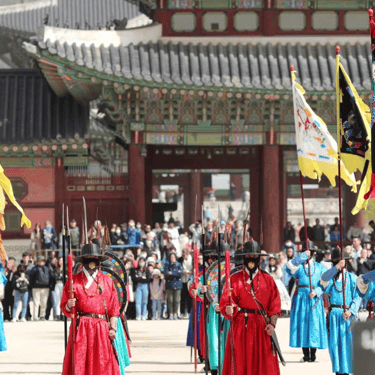
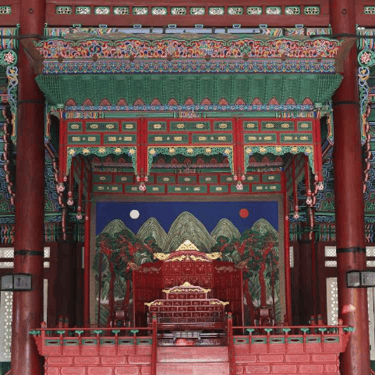
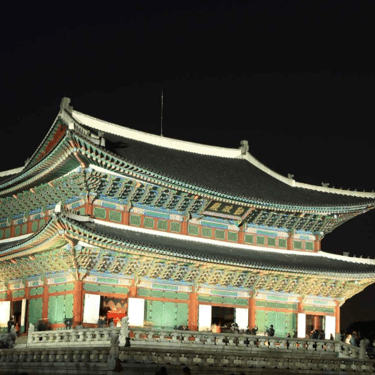
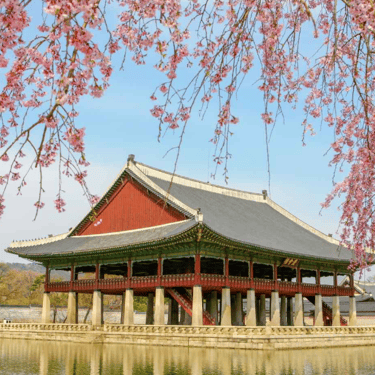
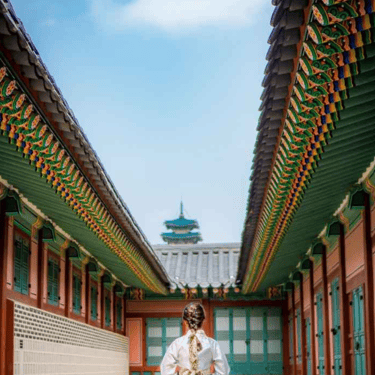
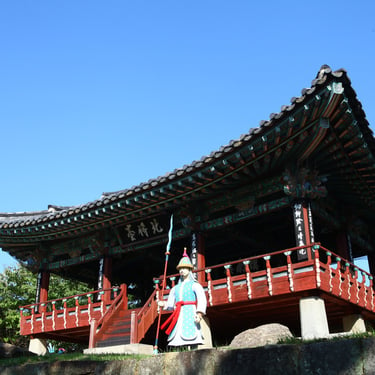
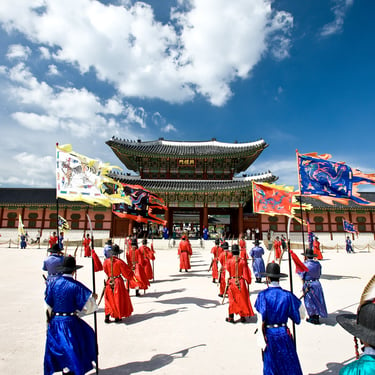
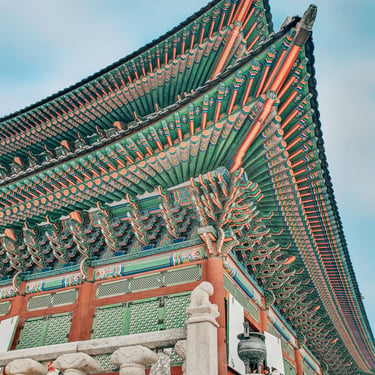
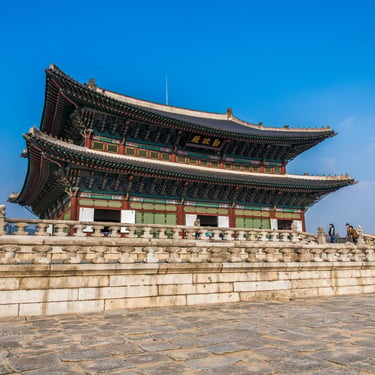
Address:
Korea Office : VABIEN III, Tongil-ro, Jung-gu,Seoul, South Korea
HAPPY TRAVEL WITH SMART TRAVEL!!!
Address:
Philippines Office: Suite 406, Ermita Center Bldg, 1350 Roxas Boulevard, Ermita Manila
